In the past, in the Thai Nguyen forest, there were still many types of turtledoves. Mr. Mau Tien Linh (Ngo hamlet, An Khanh commune, Dai Tu district, Thai Nguyen province) trapped and raised them. From these turtledoves that sang so beautifully that thousands of people loved them, Mr. Linh raised and made a fortune with this rare native bird.
Mr. Mau Tien Linh, Ngo hamlet, An Khanh commune, Dai Tu district (Thai Nguyen province) used to be a simple farmer , attached to the fields, raising livestock and poultry.
After a long time of raising pigs with constant disease, Mr. Linh decided to stop raising pigs. Having a passion for birds, Mr. Linh went to the forest to trap birds to raise.
"At first, I only raised them for entertainment, but then I realized that the native turtledove species was gradually facing extinction, so I decided to breed and preserve them," Mr. Linh shared.
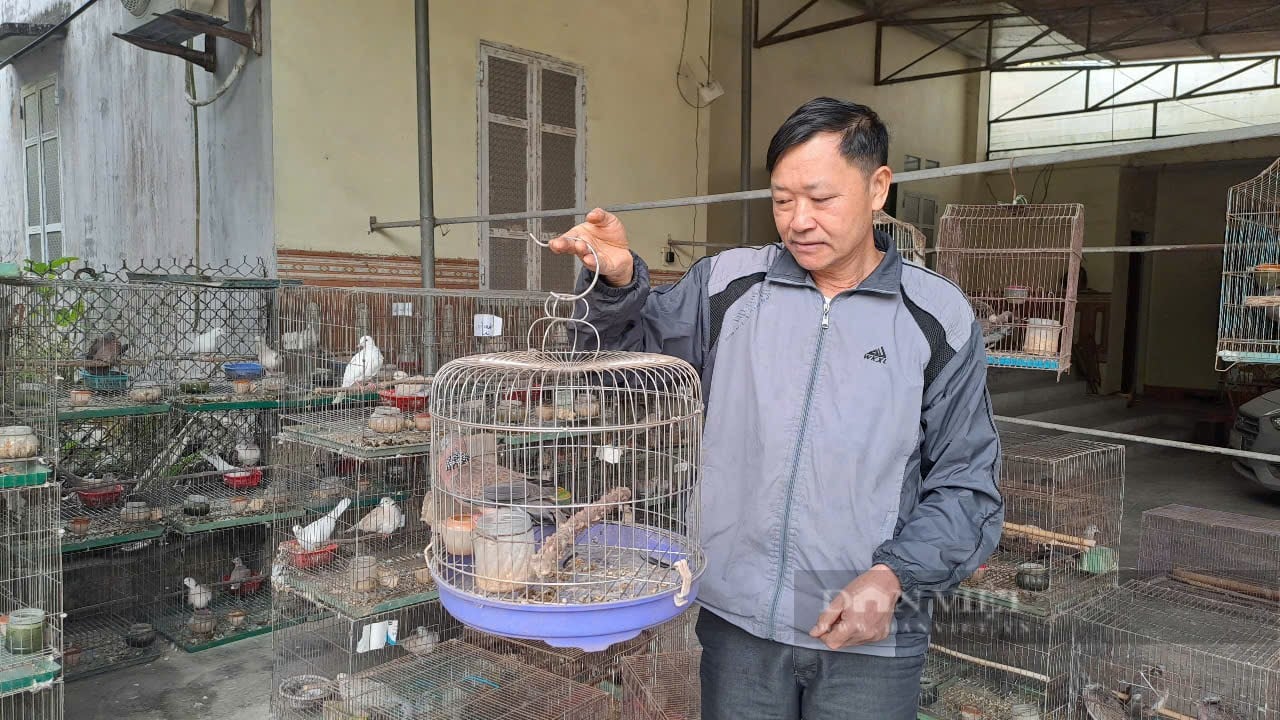
Mr. Mau Tien Linh, a successful bird farmer in Ngo hamlet, An Khanh commune, Dai Tu district (Thai Nguyen province) is the first person to develop a model of raising native turtledoves in Thai Nguyen province. Photo: Ha Thanh
Mr. Linh said that he was the first person to develop the turtledove farming model in Thai Nguyen province. After that, many people saw the effectiveness and learned and followed suit.
At one point, Mr. Linh raised up to 500 pairs of turtledoves, but now he has reduced the number to about 300 pairs.
According to Mr. Linh, because they are a wild and natural species, doves have high resistance and rarely get sick. Doves' food is easy to find, mainly corn and rice.
When it is time to breed, add industrial bran to increase nutrients and stimulate egg laying. With the current number of birds in Mr. Linh's family, on average, they will consume about 3 tons of rice per year.
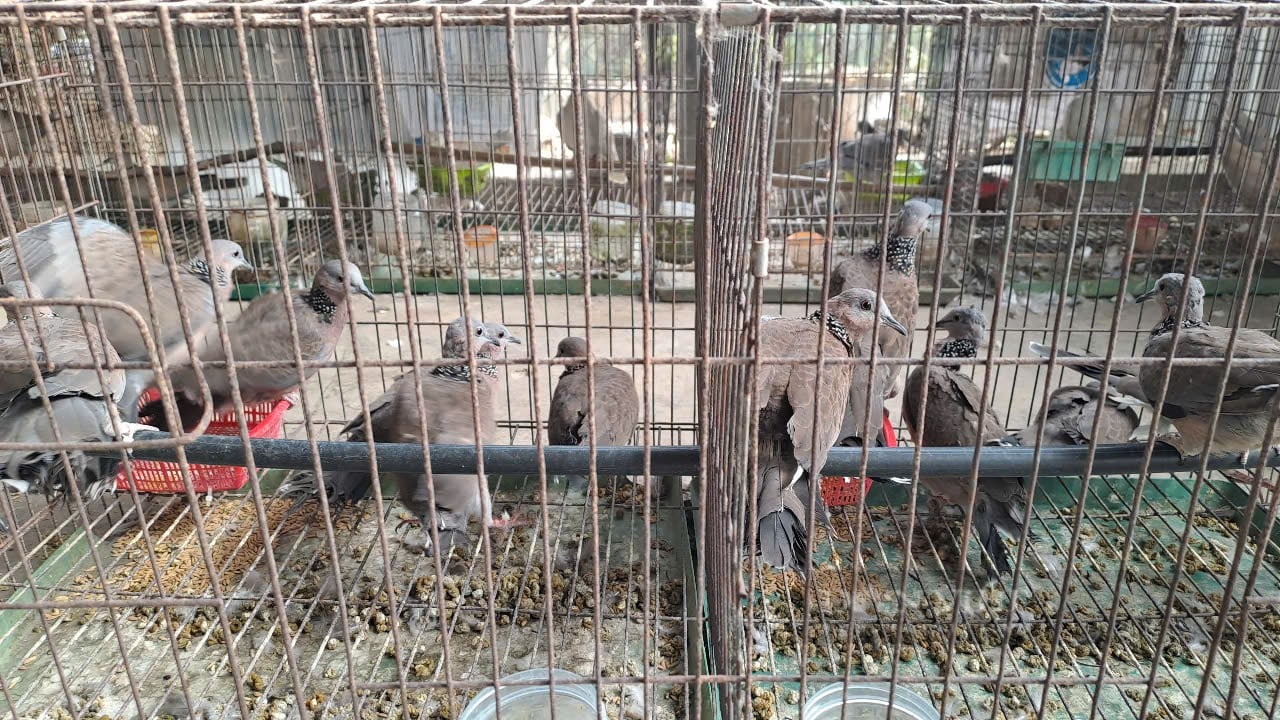
Currently, Mr. Linh has about 300 breeding pairs of doves. The dove species that Mr. Linh has successfully raised and bred is one of the native dove species. Photo: Ha Thanh
The cage for raising birds is also very simple, just use iron mesh to create small compartments, each compartment raises a pair, inside create a nest of straw and rice husks to serve as a place for the mother bird to lay eggs.
The breeding season of turtledoves usually starts from spring onwards, on average each mother bird will lay about 6 - 8 clutches with 2 eggs/clutch.
Normally after 5-6 months, doves will start to reproduce. On average, every month after hatching, Mr. Linh's family will start selling the breed.
Currently, Mr. Linh’s family sells breeding birds to many provinces and cities across the country at the current price of about 250,000 VND/pair. Previously, when this model was not widely adopted, breeding birds were sold at very high prices, from 1.2 to 1.3 million VND/pair.
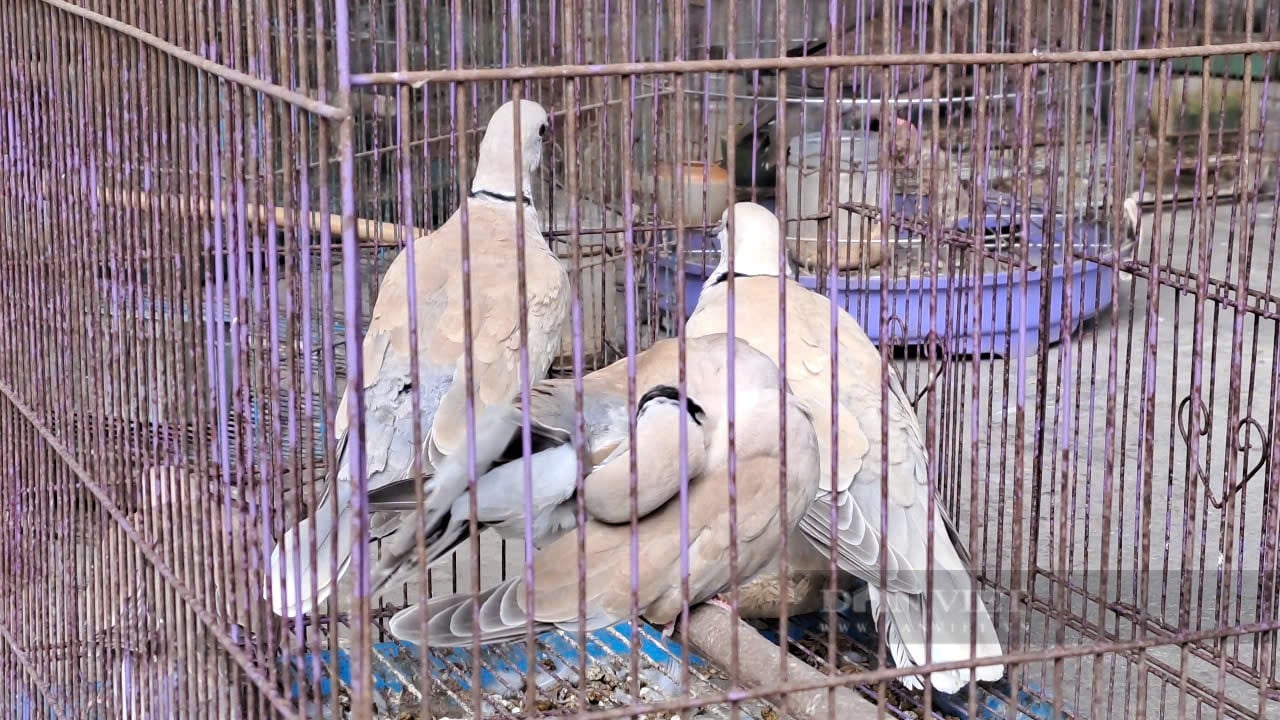
Doves begin to breed from spring onwards. Photo: Ha Thanh
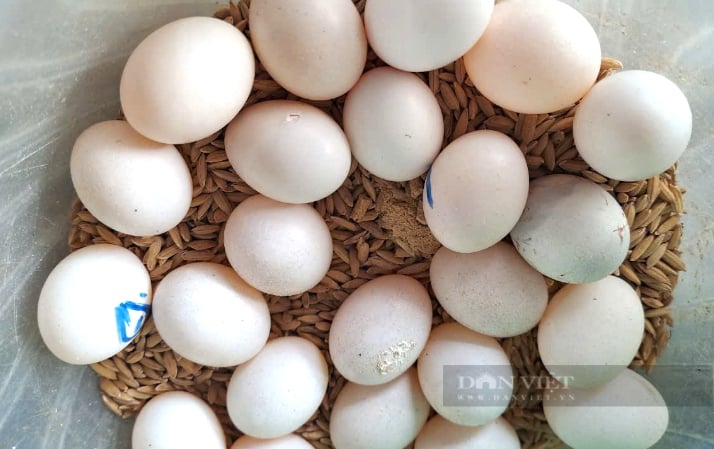
Each year, the mother bird lays 6-8 clutches, each clutch containing 2 eggs. Photo: Ha Thanh
In addition to selling breeding birds, to satisfy his passion for pet birds, Mr. Linh also regularly brings turtledoves to participate in competitions in his pet bird group.
For bird lovers, the value of doves depends on their feathers and the sound of each bird. If the sound is good, some doves can be worth tens of millions, even hundreds of millions of dong.
With both husband and wife working, the average annual income from raising turtledoves of his family is about 200 - 300 million VND.
Thanks to raising turtledoves, Mr. Linh was able to build a spacious house, buy a nice car and save some money for his old age.
"Compared to other farming models, raising turtledoves has low costs, high profits and little risk," said Mr. Linh.
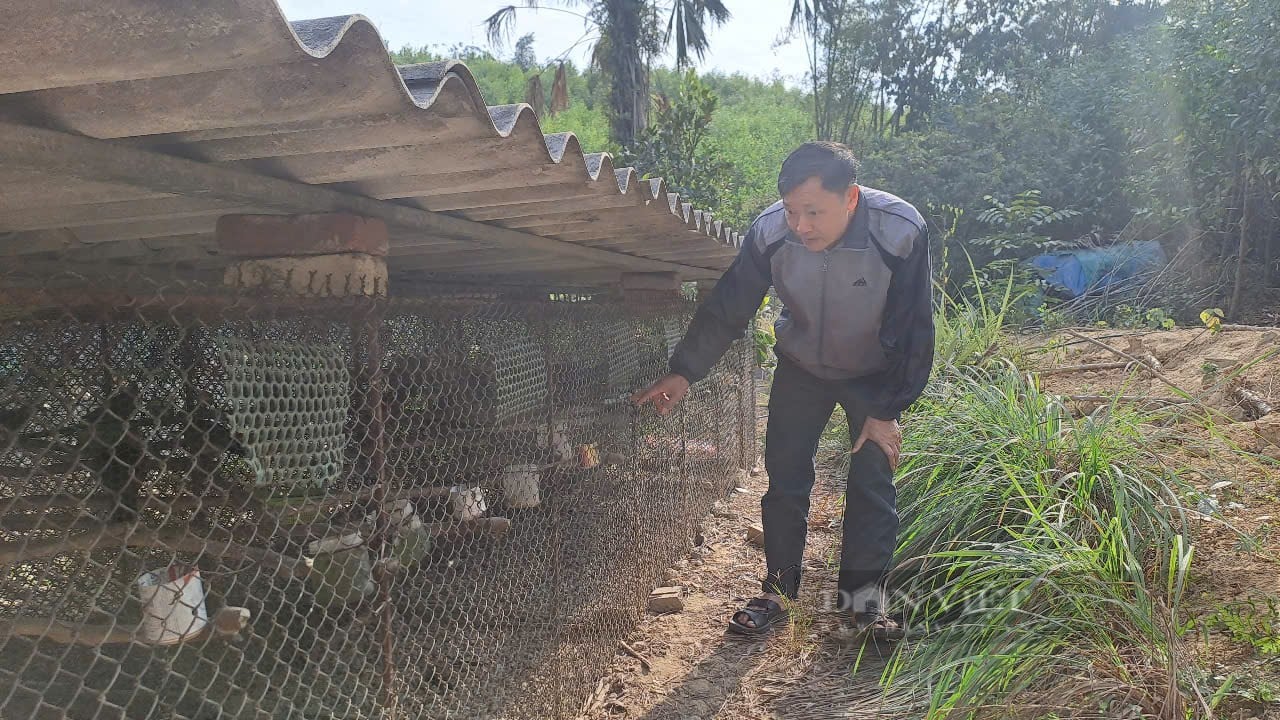
On average, each year, Mr. Linh earns about 200 - 300 million VND in profit from raising turtledoves. Photo: Ha Thanh
Source: https://danviet.vn/lieu-nuoi-chim-cu-gay-hot-van-nguoi-me-de-can-cha-kip-mot-nguoi-thai-nguyen-ban-13-trieu-cap-20250126102524617.htm






































































































Comment (0)